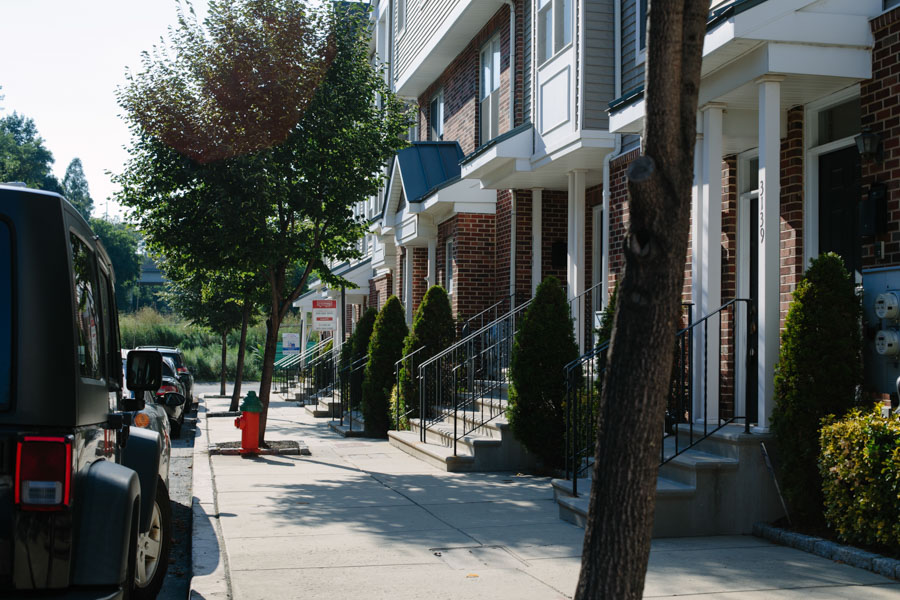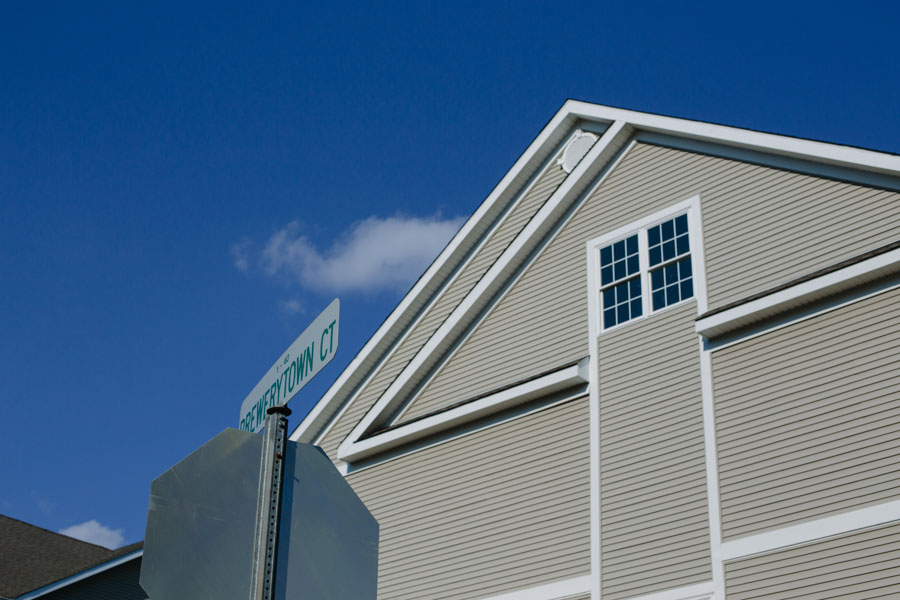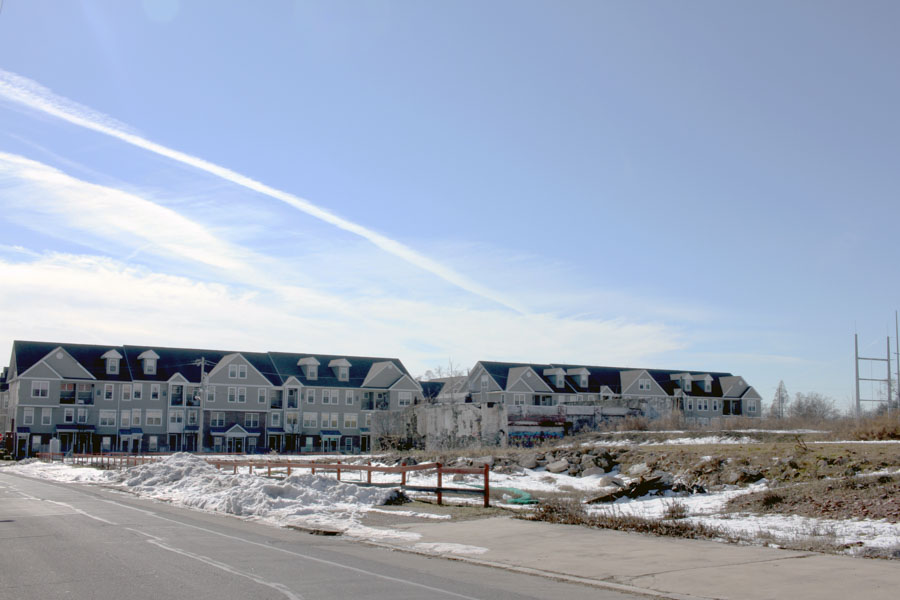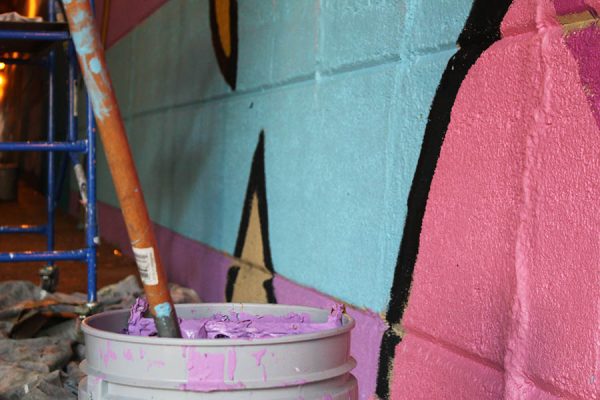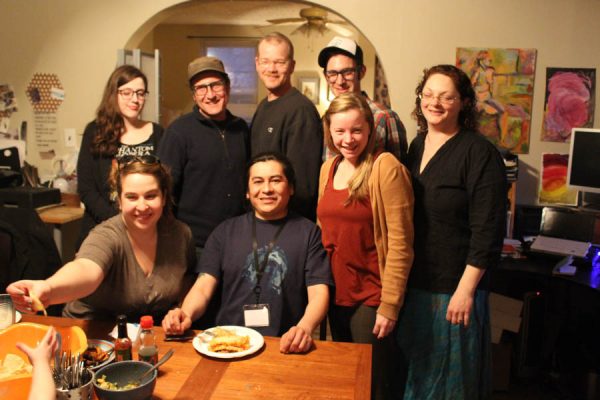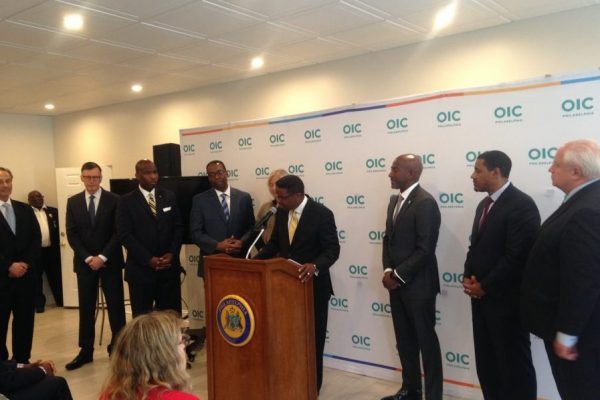KNOW YOUR HISTORY: What Used to Stand at Brewerytown Square?
Brewerytown Square at 31st and Thompson Streets has seen some vast changes in recent years. As ocfrealty.com reminds us, “It was not so long ago that the eastern view at 32nd and Thompson was that of a giant empty field.” The addition of 31 Brewerytown brought another 114 units to this block, which will most likely lead to more businesses opening and redevelopment taking place in the neighborhood.
31 Brewerytown’s website offers seven different floor plans ranging from $1325 to $1925, depending on how many bedrooms, bathrooms and balconies you desire. Many people may remember the controversies that arose over the development of this block between the African-American Business and Residents Association (AABRA) and the Westrum Development Company. Phillyliving.com explains that AABRA saw the real estate development as a way to “drive out lower-income residents who have lived in the area for generations” by the increased property value. Others argue that this kind of development would stimulate the local and city-wide economy while revitalizing the neighborhood.
The aspect of the region that has not been discussed is: What used to stand here? Newcomers to the area may be surprised by the lack of breweries in Brewerytown. The very block where Brewerytown Square rests is the same location where the neighborhood earned its name.
In the early 1800s, this area was barely inhabited, let alone developed. Maps from 1843 do not include Thompson Street, but by 1855, most of the present-day city blocks had been formed as well as all of the major roads from Brown to Montgomery. However, some streets have since been renamed: Columbia became Cecil B. Moore; Parrish was renamed Ogden (and then used to describe the street parallel and south of Ogden). Streets like Poplar and Cambridge did not yet exist.
Charles W. Bergner established a brewing company in 1849 on 7th Street below Girard. A few years later, his son Gustavus took over the business. The business was small, producing 7,000 barrels of beer per year and employing 12 men. In 1870, Theodore Charles Engel partnered with Gustavus Bergner. Engel sold his old brewery at Fountain Green to park commissioners. The brewery at that time employed 180 men.
According to a 1919 Atlantic City Directory, the brewery was incorporated in 1879 with a cash capital of almost $1 million. In the first year, they produced over 200,000 barrels of beer and gave half of it to the city, and the other half to southern states via 40 refrigerated train cars. Bottlebooks.com explains that the train cars were an investment of $30,000. By 1883, Bergner and Engel’s was producing 210,000 barrels of beer annually. Merging breweries made both brewing families extremely wealthy.
The New York Times even published an article on April 15th, 1886 about the wedding of Theodore’s daughter, Josephine. They called it “one of the most largely attended and noticeable social events of the season.” The Times described the couple thusly: “The bride, who is a brunette, and in great contrast to the bridegroom, who is a blonde, looked strikingly handsome in white satin trimmed with rich lace, and wearing magnificent diamonds.” About 70 people attended the wedding at Theodore Engel’s house. An orchestra played during a dinner that featured “several brands of champagne.” Carriages blocked the streets for several hours before and after the wedding. “Quite a number of prominent politicians were also present.”
Frank Hamilton Taylor’s book, “The City of Philadelphia as It Appears in the Year 1894”, states that the Bergner and Engel Brewing Company had a “capital amounting to $4,800,000.” Because of the great reputation of the company, they not only gained “local fame” but also created a “constantly increasing demand in the West Indies, Mexico, and even in Australia.” At the Columbian World’s Fair in Chicago in 1893, “the exhibit of The Bergner and Engel Brewing Company won the highest premiums and [was] awarded four medals.” Many drinkers considered the beer to be equivalent to the best Bavarian beers.
Theodore Engel lived in Northern Liberties as early as 1850. By 1870, he moved into Brewerytown, and by 1880, his address was 2820 Girard Avenue. 2820 is just one door down from where Rybrew operates today. Engel’s house is also across the street and a few doors down from where German immigrant Gustave Leins operated a flower shop a few decades after Engel left the neighborhood. The flower shop now operates as the Monkey and Elephant Café.
Theodore’s father, Wendell, died in 1890. He was buried in the Odd Fellows Cemetery at 22nd and Diamond. Theodore died in 1894 and was buried at Laurel Hill Cemetery, along with many notable Philadelphians, including David Rittenhouse, after whom Rittenhouse Square was renamed. David’s great-great-aunt married a powerful lumber dealer from Richmond Street named Edward W. Gorgas.
Prohibition was hard on Brewerytown. The breweries that opened back up after Prohibition only lasted a few years before shutting down again. The 1942 Land Use Map by the Public Works Administration shows the entire block on which 31 Brewerytown now stands as vacant. By 1962, American Stores Inc. was the only building on the block.
In recent years, we have watched the block completely change. No longer is it a vacant lot; it is now covered with hundreds of residential properties. This is a part of a movement that phila.gov says is to “beautify” the neighborhood. There are plans to plant trees around the neighborhood, upgrade the Athletic Square, and, most importantly, “remember the past.”
Phila.gov states that it has plans to commemorate the Philadelphia Athletics and other baseball history in the area. However, we know that there is much more history that belongs to the neighborhood called Brewerytown. It is the history of the Bergner and Engels Brewing Company, and a neighborhood landscape that is vastly different than the one we see today. •
